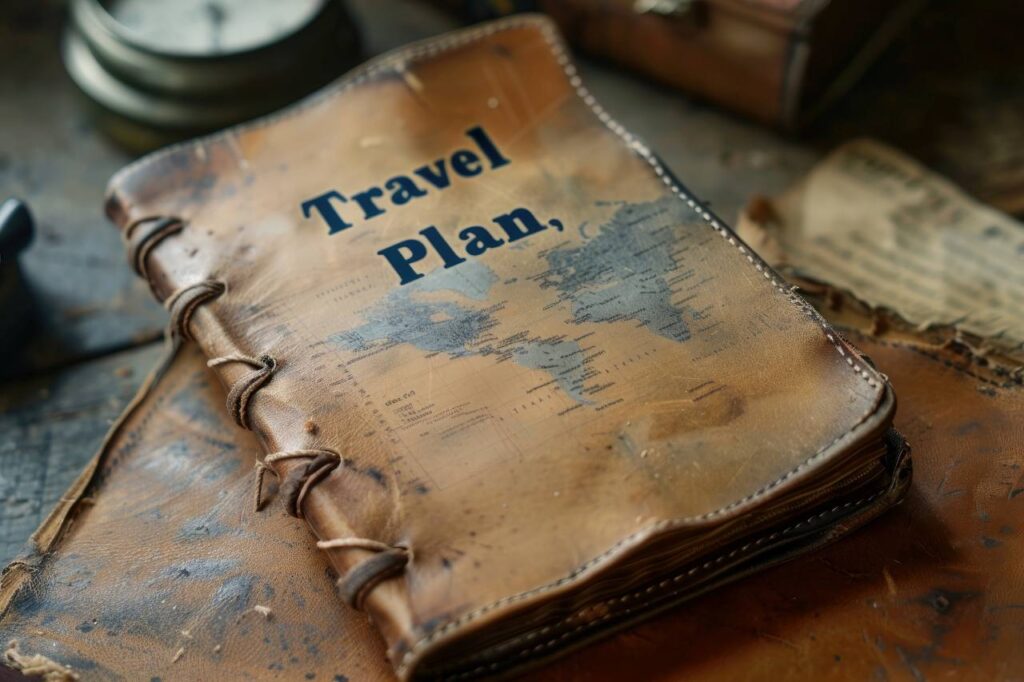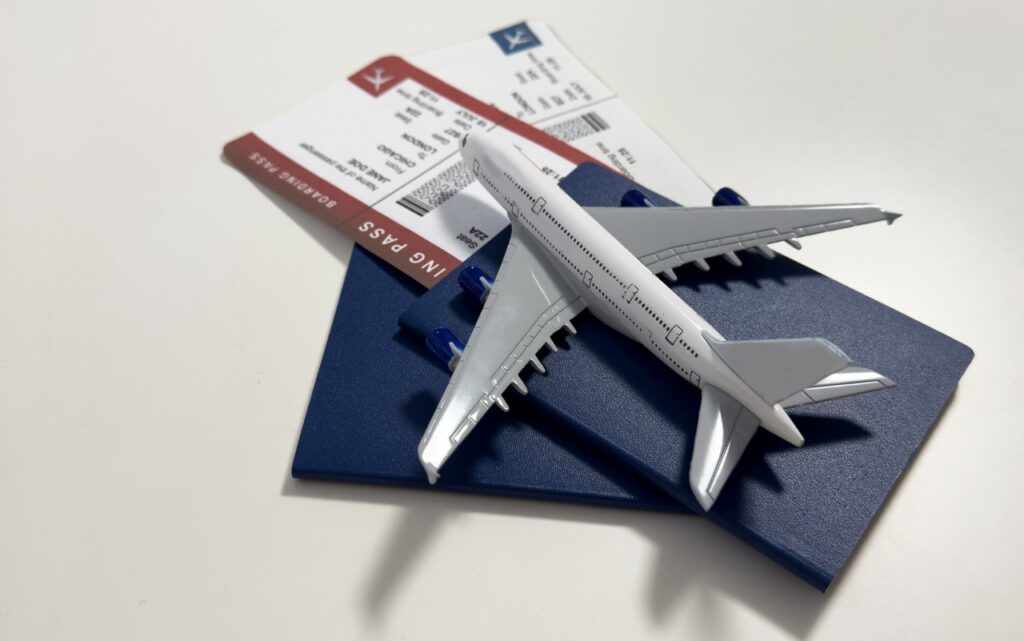
Planning a trip should be exciting, not overwhelming. Yet for many of us, the moment we decide to travel somewhere new, we’re hit with a tsunami of questions. Where do I even start? What if I forget something crucial? How much should I budget? Take a deep breath – we’ve got you covered.
Whether you’re dreaming of a weekend city break or planning to trek Africa’s highest peak, the fundamentals of trip planning remain surprisingly similar. After years of helping travellers explore the world, we’ve distilled the process into manageable steps that’ll transform you from stressed planner to confident explorer.
Start with the Big Picture
Before diving into the nitty-gritty details, grab a cuppa and spend some time daydreaming. What’s calling to you? Beach lounging in Zanzibar? Wildlife spotting in the Serengeti? Cultural immersion in Marrakech? Your destination choice sets the tone for everything else.
Consider your travel style too. Are you a meticulous planner who loves having every detail sorted, or do you prefer leaving room for spontaneity? There’s no right answer here – just what works for you. Some travellers thrive on hourly itineraries, whilst others need just a rough outline and a sense of adventure.
Timing matters more than you might think. Research your destination’s seasons, not just for weather but for crowds and prices. Shoulder seasons often offer the sweet spot – decent weather without the peak season madness. Just remember, what’s low season in one place might be high season in another.
Money Talks: Setting Your Budget
Let’s talk pounds and pence. Your budget influences everything from accommodation choices to daily activities, so it’s worth getting realistic early on. Start with the big-ticket items: flights, accommodation, and any major tours or experiences you can’t miss.
A handy rule of thumb? Allocate roughly 40% of your budget to flights and accommodation, 30% to food and activities, 20% to transport and incidentals, and keep 10% as a buffer. Trust us, that buffer will come in handy when you spot that perfect souvenir or decide to splurge on that sunset safari.
Don’t forget the sneaky costs that catch travellers off guard. Travel insurance (non-negotiable, really), visa fees, vaccinations, airport transfers, and those inevitable “just one more” purchases. Currency exchange rates can also bite, so factor in a cushion for fluctuations.
The Booking Dance

Once you’ve nailed down your destination and budget, it’s time for the booking ballet. Flights first, then accommodation – that’s usually the most economical order. Use comparison sites but always double-check prices directly with airlines. Sometimes their own websites offer perks the aggregators don’t mention.
For accommodation, think beyond just a place to sleep. Consider location carefully. That bargain hotel might not seem such a steal if you’re spending a fortune on taxis to reach anywhere interesting. Read reviews with a critical eye – look for recent ones that mention specifics rather than vague praise or complaints.
When booking tours and activities, balance advance planning with flexibility. Some experiences need booking months ahead (gorilla trekking permits, anyone?), whilst others are best arranged locally for better prices and the ability to check weather conditions.
Documentation and Preparation
Nothing ruins a trip faster than arriving at the airport only to realise your passport expired last month. Check expiration dates early – many countries require six months’ validity from your travel date. Visa requirements vary wildly, so research thoroughly. Some countries offer visa on arrival, others require applications weeks in advance.
Create digital copies of everything important: passport, travel insurance, booking confirmations, emergency contacts. Email them to yourself and leave copies with someone at home. It might feel like overkill until the day you need them.
Speaking of preparation, don’t neglect your health. Schedule any required vaccinations well in advance – some need multiple doses over several weeks. Pack a basic first aid kit and any prescription medications with extra supplies. Your international travel checklist should include health essentials specific to your destination.
Packing with Purpose
Packing is an art form that improves with practice. Start with a list, categorised by essentials, clothes, toiletries, and electronics. The golden rule? Lay out everything you think you need, then take half. You’ll thank yourself when navigating cobbled streets or squeezing onto packed buses.
Choose versatile pieces that mix and match. That statement dress might photograph beautifully, but will you wear it more than once? Layers are your friend, especially for destinations with variable weather. Don’t forget adapters for your electronics – there’s nothing worse than a dead phone in a foreign city.
Making it Memorable
The best trips balance planning with spontaneity. Build in downtime – you don’t need to tick off every attraction. Some of the most magical travel moments happen when you’re simply wandering, open to whatever comes your way.
Connect with locals when possible. Whether it’s chatting with your guesthouse owner or joining a community tourism project, these interactions often become trip highlights. Stay curious, respectful, and open-minded.
And remember, perfection is overrated. Missed connections, language barriers, and getting hopelessly lost make for the best stories later. Embrace the chaos – it’s all part of the adventure. With solid planning as your foundation, you’re free to enjoy whatever surprises come your way.

